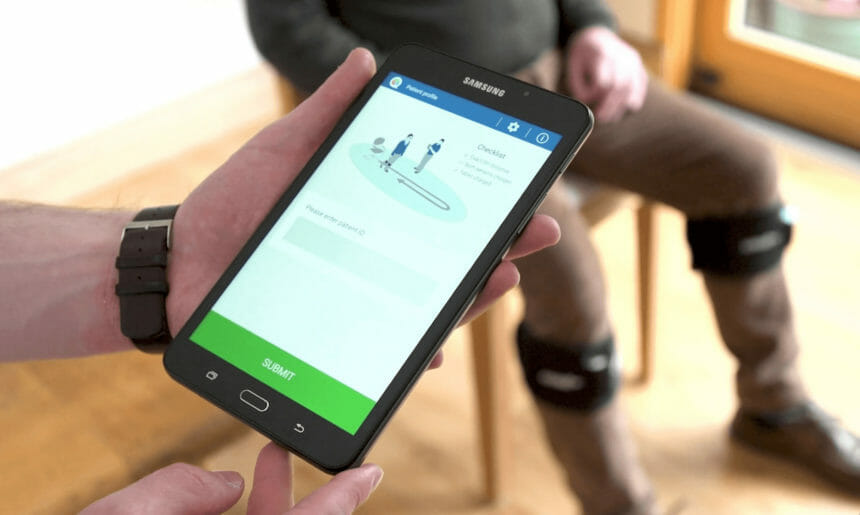
Medical sensors are often used to keep nursing home and senior living residents safe by monitoring body movements and biometrics. As the technology grows and gets more sophisticated, global demand for medical sensors is expected to increase by 11% over the next 10 years, according to a new report by research firm Fact.MR.
The global medical sensors market was valued at just over $2 billion in 2023 and is expected to hit $6.5 billion by the end of 2033, according to the research.
In senior living facilities, medical sensors can alert staff to patient health and concerns by monitoring and responding to physical stimuli like heat, sound, pressure, light and motion, and sending staff alerts if residents are in distress. Sensors can also be used to diagnose, treat and manage diseases.
Much of the growth in revenue in the sensors market is coming from portable medical sensors, ECG sensors, temperature sensors, image sensors and motion sensors, the report says, with market players focusing on expanding business on the regional level, as well as improving product standards and monitoring pricing trends.
Senior living facilities are embracing sensor technology in a variety of ways. A study of the use of Bio-RFID sensors to monitor glucose levels in a non-invasive manner has delivered promising results, which could help treat patients with diabetes. Samsung’s new smartwatch uses sensors to monitor and improve sleep quality. Artificial intelligence and the internet of things are supercharging sensors’ capabilities, using sensors in tools that monitor seniors’ health, prevent falls, and screen for dementia.
Medical sensors also can help nursing home providers cut costs, observers believe. Sensors and other technologies are used to treat chronic diseases, and 40% of US adults have more than one chronic disease, accounting for $4.7 trillion in annual health care costs, according to the Centers for Disease Control and Prevention.


